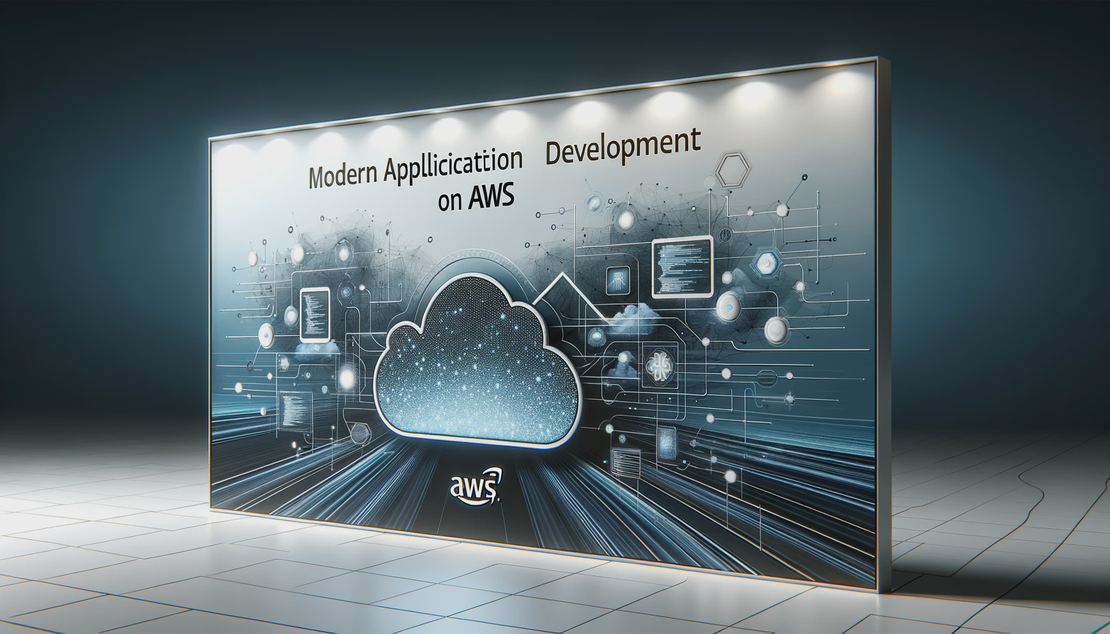
Introduction to Microservices: the essential guide
- AltitudeCode
- Microservices , Containerization , Architecture
- January 8, 2023
Explore the intricacies of microservices architecture, an innovative approach to designing and deploying applications as a collection of loosely coupled services. This guide provides a high-level overview, perfect for IT professionals, software developers, and technical architects aiming to modernize their application infrastructure.
Key Components of Microservices Architecture
Client Applications: The User Interface
Client applications are the user-facing part of the architecture. Web applications, mobile apps, and chatbots represent the modern UI, interacting with microservices through HTTP requests. Their sole responsibility is to provide an interactive and user-friendly interface.
Container Host: Deployment Simplified
The container host is where microservices are deployed. Docker, and alternatively Kubernetes, provide a consistent and isolated environment for microservices, promoting portability and scalability. Detailed insights into containerization will be provided in upcoming discussions.
Microservices: The Business Logic
Microservices encapsulate domain or business logic along with database access. They operate independently, each with its own database, such as MongoDB, SQL Server, MySQL, or PostgreSQL. This autonomy enables loose coupling and the use of different database systems for each service’s specific needs.
API Gateway: Streamlined Communication
At the core of microservices architecture is the API gateway, a centralized entry point that routes client requests to the appropriate microservice. It simplifies client interactions with the backend services and ensures efficient communication.
Authentication Service: Enhanced Security
The authentication service is essential for security, verifying client credentials, and issuing JWTs (JSON Web Tokens). These tokens secure HTTP requests, with a configurable lifespan to balance convenience and security.
Event Bus: Decoupled Services
The event bus facilitates asynchronous, event-driven communication between microservices. It allows services to publish and subscribe to events independently, fostering a decoupled and scalable system.
As this series progresses, each building block of the microservices architecture will be examined in detail, demystifying the approach and showcasing its potential for creating robust, scalable, and efficient applications.
For more insights into microservices architecture, stay tuned for our upcoming deep dives into each component’s functionality and best practices.


